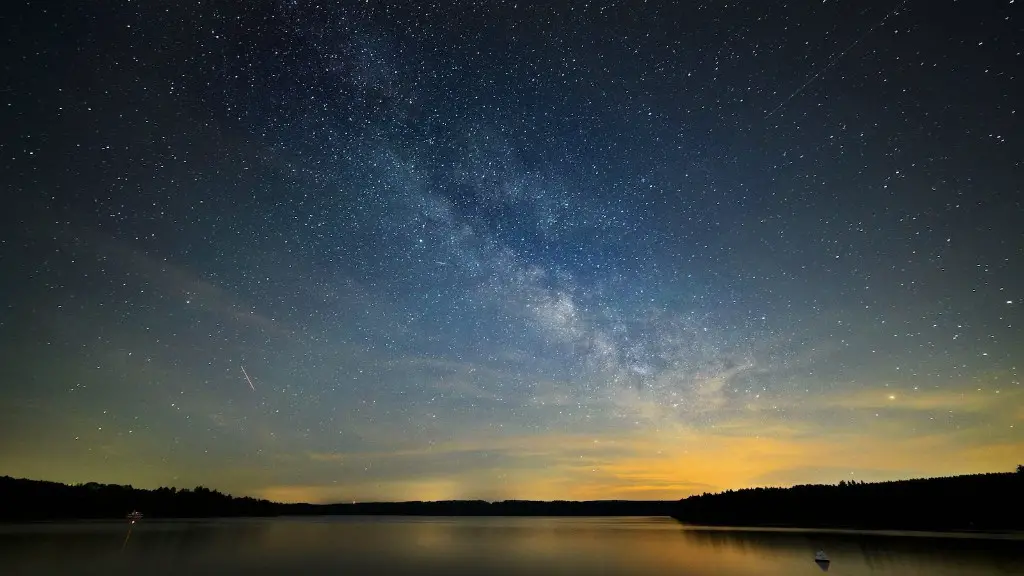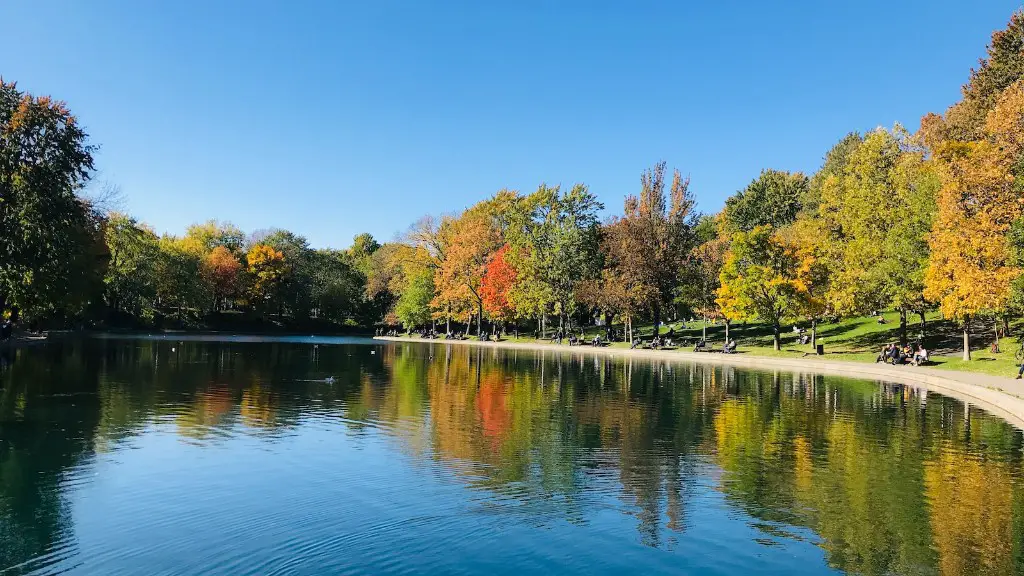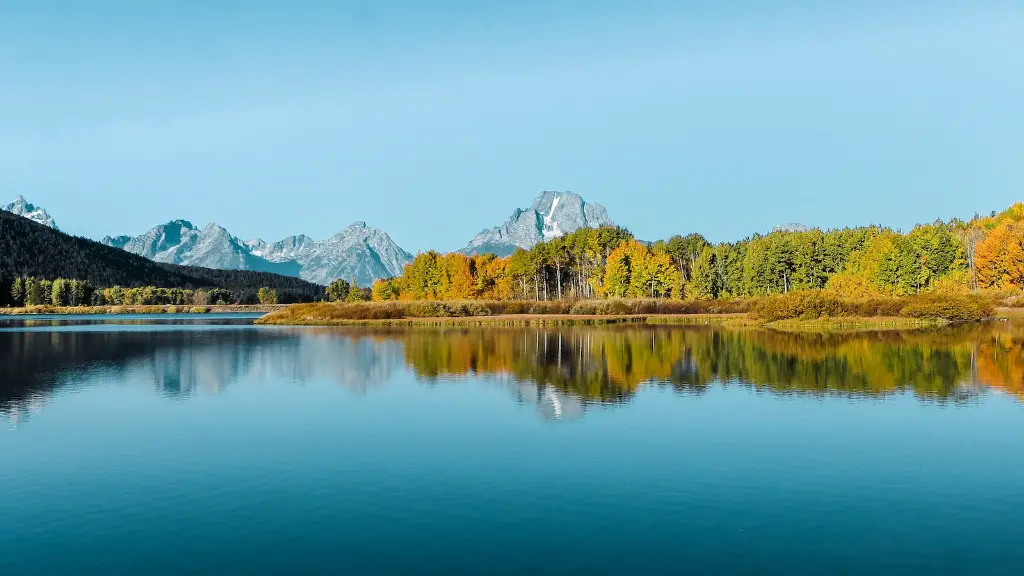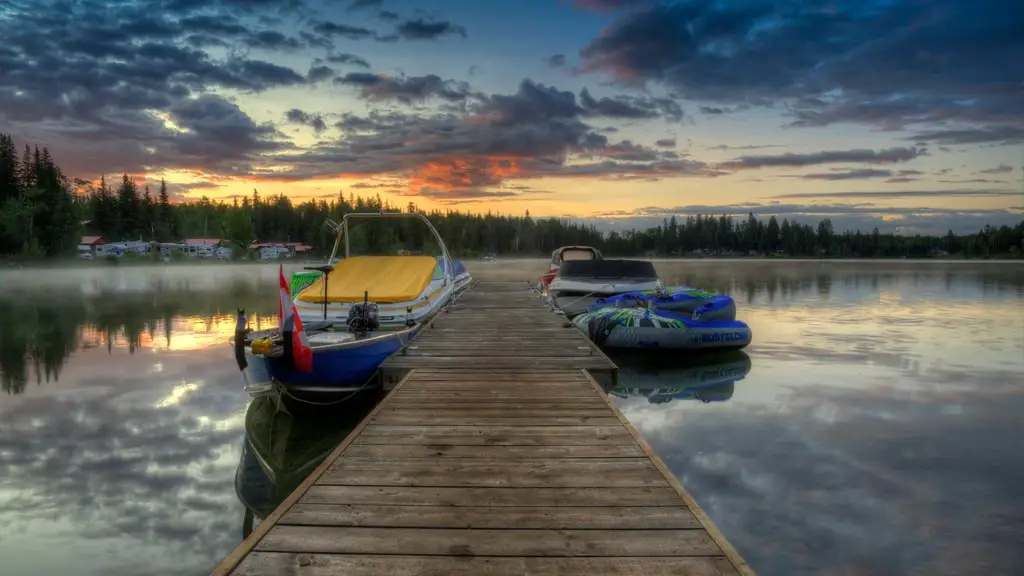The Origin Story of Lake Titicaca
Lake Titicaca is one of the oldest and largest scientific mysteries in South America. The lake’s history and geographical significance spans thousands of years, from Incan legend to modern colonization. Located on the Bolivian-Peruvian border, Titicaca is the largest navigable lake on the continent as well as one of the highest inland bodies of water in the world. The lake is also the mythical origin legend of the Inca Empire, which emerged from the depths of the waters centuries ago.
Historians believe that the Incan people were living and thriving on the lakeshore for hundreds of years before the Spanish conquest in the 16th century. According to the legend, the god Ayar Manco emerged from a powerful island on the lake called Isla del Sol, which is believed to be the birthplace of the Incan Empire. While the exact origin of the Inca Empire is still being researched, the significance of the location of Lake Titicaca cannot be underestimated.
The geography of the lake itself is quite complex, with a number of rivers and wetlands on its shorelines, creating a vast aquatic ecosystem which supports over 100 species of birds, fish, and mammals. The lake is also home to several species of amphibians and reptiles, as well as iconic Andean condors. This variety of flora and fauna provides an impressive and unique spectacle for visitors, who often marvel at the majestic and tranquil beauty of the lake.
Archaeologists have unearthed significant evidence of pre-Incan settlements around the lake, demonstrating the potential of the area for ancient civilizations. Evidence suggests that the lake was home to a diversity of cultures and traditions throughout the centuries, providing a fascinating glimpse into the history of the region. This cultural variety is still present today, as the local Quechuan and Aymara tribes live on the islands and regional vegetation of the lake.
The local population shares an impressive living culture which includes an oral tradition that dates back hundreds of years, and a unique collection of local crafts and songs. This culture is found scattered around the lake in a number of small villages, which are home to small populations of local fishermen, farmers, and tourists. Visitors can explore these villages to witness their unique way of life and gain insight into the local culture.
Ecological Impact of Lake Titicaca
The lake serves an important role for the region’s ecology, and much of it is still undergoing scientific research. Scientists studying the lake have observed the presence of large populations of migratory birds, which traverse the lake and its surrounding wetlands in the winter months, however, the threat of climate change is putting local species at risk. The lake is also home to the endangered Titicaca frog, which is found only in the shallow waters of the lake. This species is considered a keystone species in the lake’s fragile but vital ecosystem.
The lake is also home to a large floating ecosystem. The Uros people, an ancient civilization that lives on the lake, build their homes, called “Totora”, on floating wooden islands made from the Titicaca water lilies. These islands are a fascinating spectacle and a must see for any commercial or private visitor. To visit the floating villages, guests must take motorboats which travel from one village to the next, providing the opportunity to explore the unique biodiversity of the lake.
While the Uros people live harmoniously with the lake, increasingly intense fishing and tourism are threatening the ecological balance of the area. The government of Peru and Bolivia have taken steps to protect the environment by implementing regulations such as limits on fishing quotas and boat speeds, as well as establishing protected areas. Despite these regulations, illegal fishing still occurs, putting local species at serious risk and destroying the fragile ecosystems of the lake.
Conservation Efforts by the Local Communities
Using traditional fishing techniques and knowledge, local organizations and communities play an important role in protecting the lake’s ecosystems. Local indigenous groups like the Uros and the Aymara practice communal fishing, using localized methods and traditional fishing grounds to preserve the natural environment of the lake. These sustainable fishing practices help to preserve the lake’s environment, while also providing a source of income for the local fishermen.
In addition to protecting their environment, the local communities of Lake Titicaca have also developed programs to help educate visitors about the importance of conservation. Organizations like BoliviaUnida and the Centro de Investigación y Promoción del Desarrollo are helping to foster greater understanding of the lake’s importance, and working to develop new methods for preserving the lake’s unique biodiversity.
The villages surrounding the lake are also providing a showcase to the cultural heritage of the area, preserving traditional practices and beliefs for generations. Visitors to the area can witness traditional activities such as weaving, spinning, and pottery, as well as a number of festivals that honor their customs. Additionally, several non-profit organizations have been created to support the local population and preserve the traditional heritage of the area.
Tourism in Lake Titicaca
The lake’s mesmerizing beauty attract many visitors every year. The lake is an ideal destination for people looking to explore its majestic natural features, discover its archaeological sites, or meet its indigenous populations. Tourists are welcome and usually find the locals to be friendly, accommodating, and eager to share their culture. From boat tours to guided hikes, there is plenty of opportunity for visitors to explore the region’s unique beauty. Tour packages are available for those interested in taking advantage of all that the lake has to offer.
Lake Titicaca tours involve visits to a variety of traditional and cultural attractions, from ruins and archaeological sites, to local markets and villages. Visitors can also witness many of the rituals and ceremonies of the indigenous population, as well as explore the unique biodiversity of the lake. A major highlight for visitors is a visit to the Isla del Sol, the mythical birthplace of the Incan Empire.
The lake is also home to a number of luxury resorts, spas, and hotels that cater to all budgets. The resorts offer a variety of activities, including water sports and spa treatments, as well as special dining experiences that showcase the local cuisine.
Conclusion
Lake Titicaca is a unique and fascinating lake renowned for its beauty, biodiversity, cultural history, and the many legends that surround it. Whether it is for its fascinating history, its traditional culture, or its unique ecosystem, the lake has something to offer for everyone. The lake is a destination that should be seen and experienced at least once in a lifetime.



